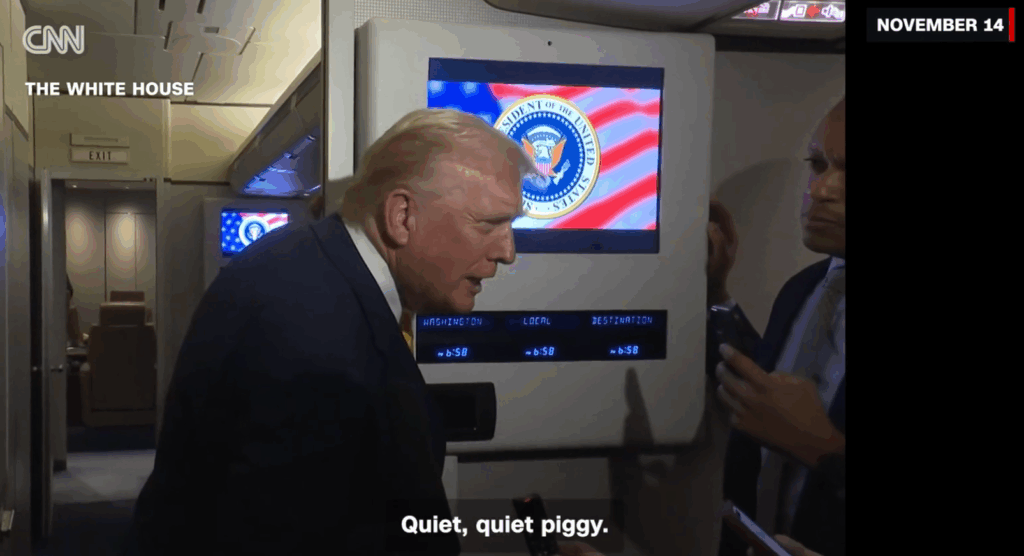Never before, it appears, have so many done so much with so much less. That’s the theme that runs through promo’s Annual Report of the Promotion Industry (see pullout section after page 76, this issue). At $79 billion, the promotion industry is bigger than ever, yet marketers are conducting smaller programs. That seeming paradox is explained by the fact that “targeting” is cited in virtually every one of the 13 industry analyses this year as one of the driving forces shaping spending activity in the promotion industry.
Indeed, the advent of computer technology is creating unheard-of opportunities for marketers to do more with less. Scanners, the Internet, e-mail, database manipulation, and other technology drivers are enabling promotion companies to customize offers – from coupons to samples to premiums – to specific audiences on a mass scale like never before.
For the first time, marketers are able to reach multiple targeted audiences with the efficiencies of mass distribution vehicles. Companies from Valassis to News America to Cox Direct, Madison Direct Marketing and The Sunflower Group long bragged about the millions and millions of consumers their programs could reach. These same companies, among others, are today’s targeting innovators, utilizing and driving technology to carve up their national reach any which way a brand marketer fancies – by store trading area, demographics, competitive usage, ZIP code, lifestages, and so on – while still delivering attractive economies of scale.
Driving all this activity is the fact that consumers are constantly moving targets, with less and less time to consider pitches that are not relevant to their lives. Consultants have been crowing for years about the opportunity that marketers have in identifying and then focusing on that magic 20 percent of customers that contribute 80 percent of their business, but until recently the practicality of actually making that happen has lagged behind the promise.
This, coupled with the ever more creative ways that suppliers and promotion agencies are devising to develop and deliver clutter-breaking programs to specific audiences – be they consumers, dealers, or retailers – is driving the continued growth of the promotion industry for the simple reason that such efforts generate measurable results.
Yet despite all this good news, promotion marketing and certain of its facets still suffer a perception problem among many in the general marketing community who stand to benefit most from taking advantage of what promotion marketing can do for their brands. Look at the beating the coupon industry, especially FSI providers, has been taking for years as leading marketers publicly decry waste, only to deliberately shorten expiration dates to reduce redemptions. While there are encouraging signs that this behavior is beginning to change, it’s just one example of the gulf that still exists between those with expertise in promotion marketing and those with overall marketing responsibility.
The challenge for promotion professionals is to prove that strategic promotion marketing does more than produce sales spikes. The players in this business should make it their mission to demonstrate that when used correctly promotion marketing also builds brands, blocks competition, opens distribution channels, clears inventory, and creates relationships with customers.
One day in the future, perhaps when the economy eventually cools off, the message will sink in.



